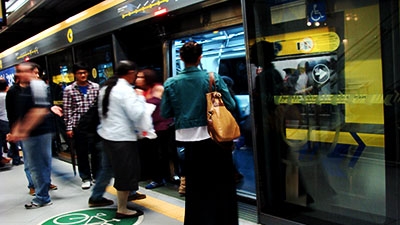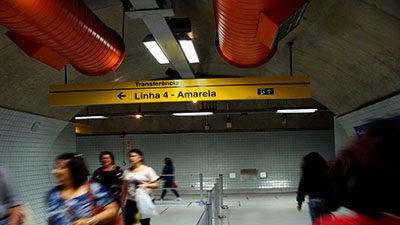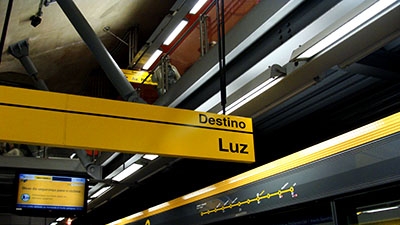Challenge
In recent years, São Paulo’s peripheral areas have attracted new residents, but they have struggled to generate stable employment growth—resulting in unequal wealth distribution and lack of access to job opportunities. Despite an existing 270 km rail network, the lack of integration between the Metro and the suburban trains has discouraged more rail trips in favor of buses and automobiles, thereby creating heavy congestion during peak hours, significantly increasing travel times, and contributing heavily to atmospheric pollution and fuel consumption. The urban poor faced high fares, an overly crowded commute at peak hours, and long and inconvenient journeys to and from work (2.5 hours/day) from the peripheries to the urban centers.
Solution
The Metro Line 4 Project was designed to address the need for new public transportation infrastructure, while protecting the city from cost escalation and operating subsidies. This was achieved with the innovative use of turnkey and concession contracts to the private sector. As a link between the suburban railway and the Metro network, the Line 4 catchment area is not limited to the neighborhoods directly served by its stations, but also attracts a significant number of users from the underserved periphery of the city. Because of the good connection between Line 4 to the rest of the public transport network and employment centers in the central and western parts of the city, 20 percent of the trips on Line 4 begin in the outer districts of the eastern part of São Paulo, which are among the poorest areas. As a result, Line 4 is a tremendous advancement in the accessibility of jobs, health, and education centers for residents from the low-income communities on São Paulo’s periphery.



